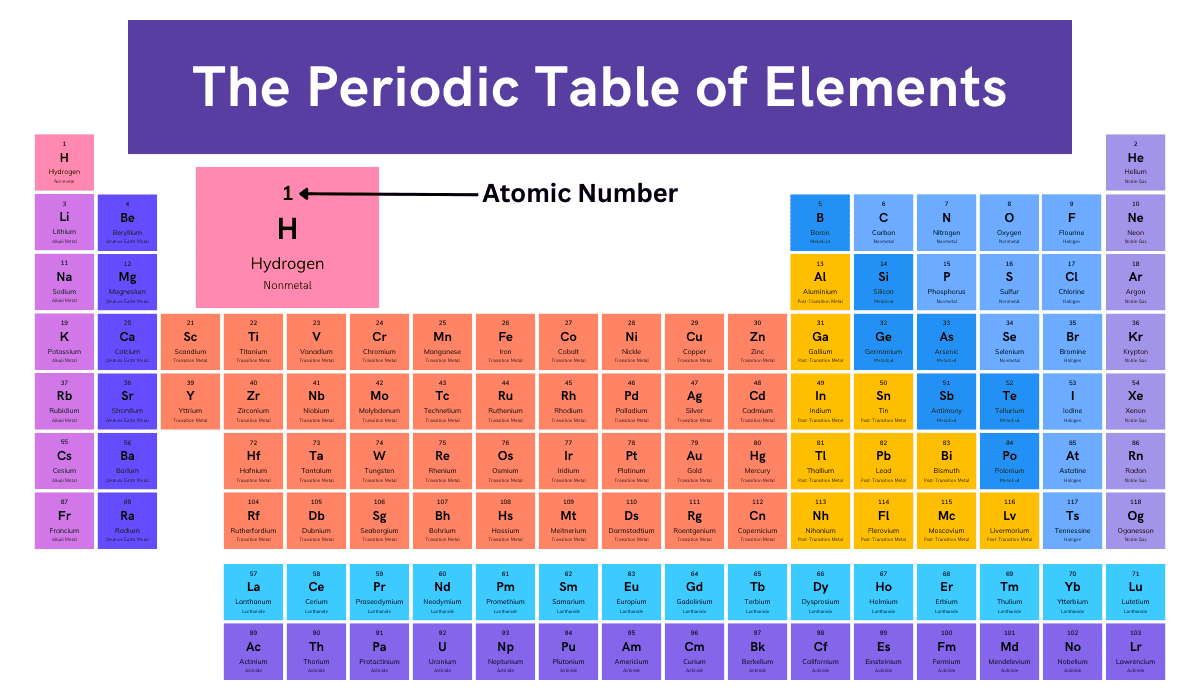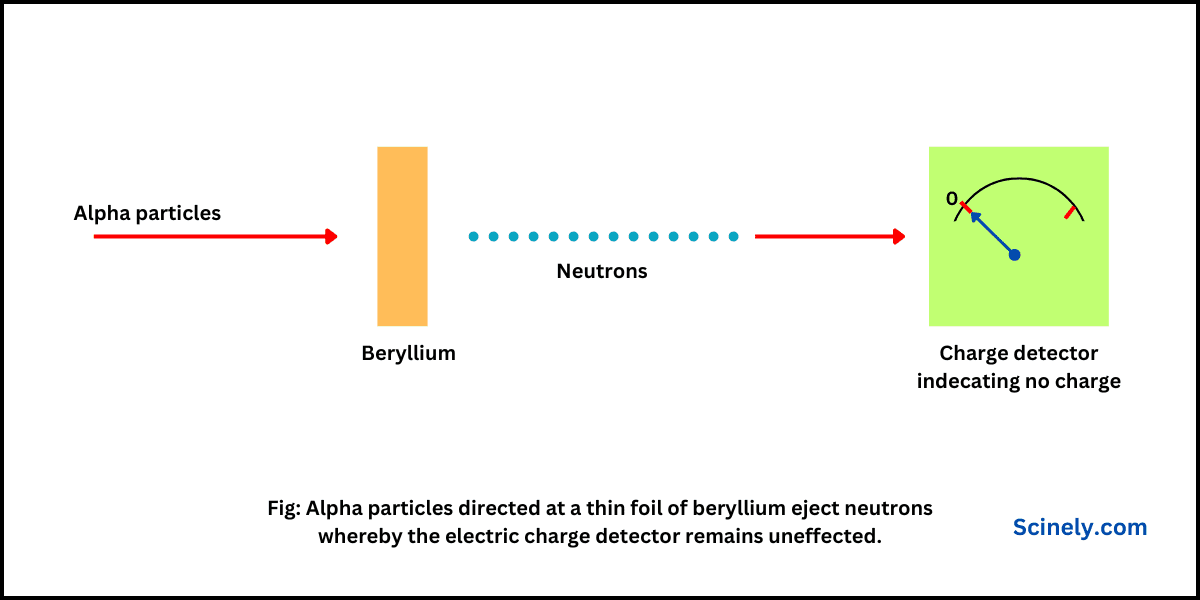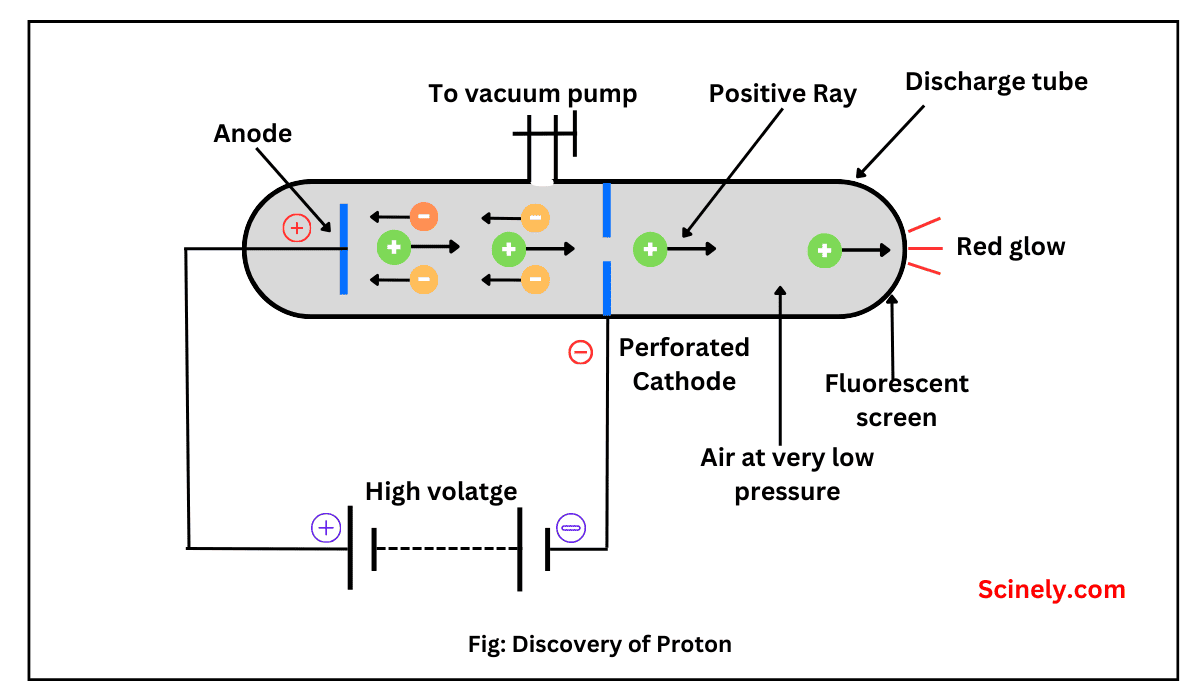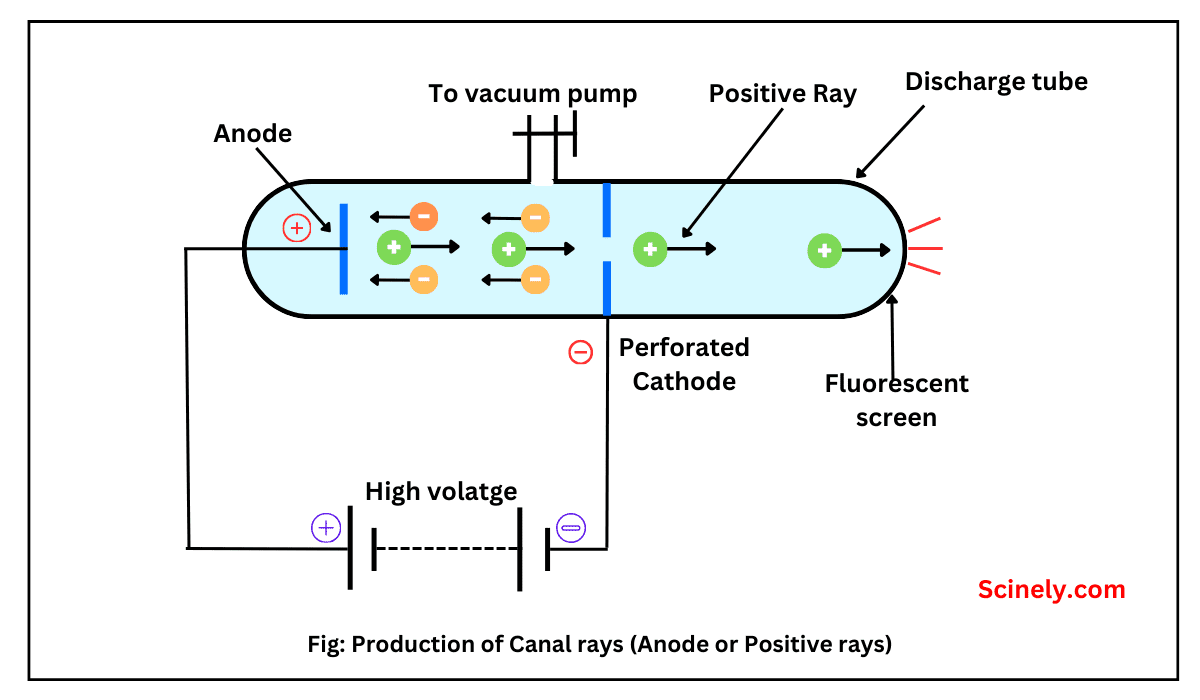Atomic Structure

Isotopes: Definition, Meaning, Examples, Uses
All the atoms of a particular chemical element have the same number of protons in their nuclei, but the number of neutrons may be different. Such atoms have the same atomic number, but mass numbers are different because of a…

What is Mass Number | How to Find it
In this chapter, we will understand what is mass number and how to find it with the help of solved examples. You have studied that an atom of an element consists of electrons, protons, and neutrons. The nucleus of an…

What is Atomic Number | How to Find it
The number of protons present in the nucleus of each atom of an element is called atomic number of an element. Generally, it is represented by the symbol “Z”. The concept of the atomic number was first introduced by the…

Discovery of Neutron: Chadwick’s Experiment
In this chapter, we will understand the discovery of neutron discovered by James Chadwick in 1932. Up to 1932, it was considered that an atom is composed of only electrons and protons. Since electrons have negligible mass, scientists considered that…

Discovery of Proton – Who Discovered It
In this chapter, we will explore the discovery of proton. As we know, atoms are the fundamental building blocks of matter, composed of three main subatomic particles: protons, neutrons, and electrons. Among these, protons play a critical role in defining…

What are Canal Rays: Discovery, Properties
In this chapter, we will understand what canal rays are, along with their discovery and properties. Canal rays, also known as anode rays, are streams of positively charged particles or ions that are created in a discharge tube when a…

Discovery of Electron: A Groundbreaking Breakthrough
In this chapter, we will understand the groundbreaking discovery of electron, which is the first fundamental subatomic particle. In 1803, an English Chemist, Dalton proposed the first scientific atomic theory, known as Dalton’s atomic theory according to which all matter…
What is Molecular Mass: Definition, Example
In chemistry, molecular mass is an important property of molecules that are concerned with their physical and chemical properties. It is a measure of the total mass of all the atoms in a molecule. Understanding molecular mass is an important…

What is Atomic Mass of Element: Atomic Mass Unit
As we know that atoms of all elements are extremely small. We cannot see them either by the naked eye or even by the powerful microscope. Absolute (or actual) masses of atoms of elements are very, very small. Therefore, it…
John Dalton’s Atomic Theory: Postulates, Drawbacks
In 1808, An English scientist John Dalton proposed the first scientific theory of matter. This theory is also known as Dalton’s atomic theory of matter. This atomic theory is mainly based on the laws of chemical combination. The main postulates…



